Recently, I have been discussing this topic with many friends, and there are many realistic changes in the situation, especially since we are at the beginning of the 13th Five-Year Plan, where everyone is deeply exploring this industry.
I think we can look at this from two parts:
1) ADAS
We should take a closer look at the actual usage rates of ADAS by customers, specifically regarding the actual usage rates and satisfaction levels of features like ACC, AEB, and LKA, before considering the true penetration rates.
-
Would you pay for a set of ACC, AEB, and LKS? Do you trust it?
-
Would you pay for warning functions like BMS, LDW, and FCW?
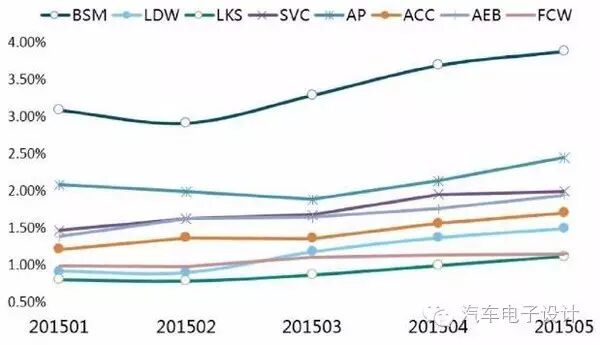 2) Autonomous Driving
2) Autonomous Driving
-
UBER has conducted its first road tests of autonomous vehicles in Pittsburgh, Pennsylvania.
-
Baidu has proposed a plan for “commercial use in three years and mass production in five years.”
Although it seems lively globally,
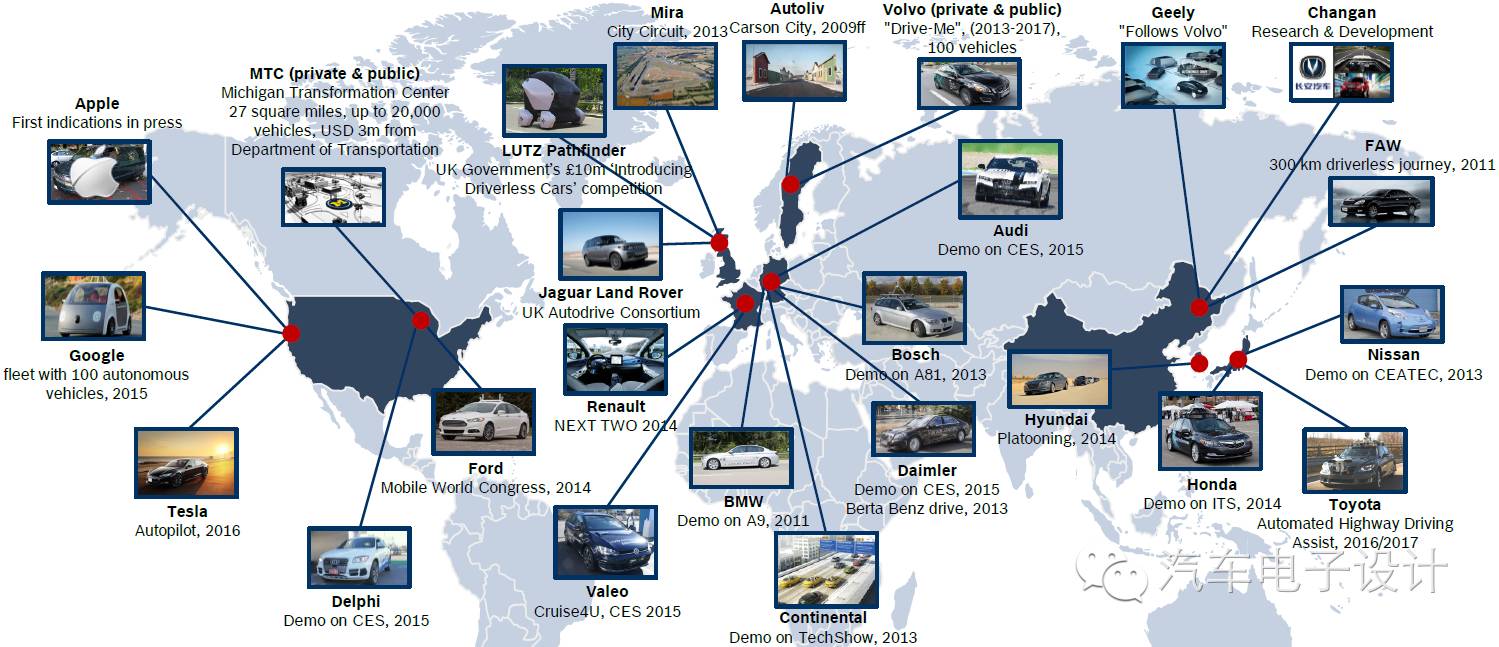 I personally believe that in this industry, car manufacturers are still primarily working between research institutes and engineering, focusing more on research and experiments, with road tests being more about research than practical implementation.
I personally believe that in this industry, car manufacturers are still primarily working between research institutes and engineering, focusing more on research and experiments, with road tests being more about research than practical implementation.
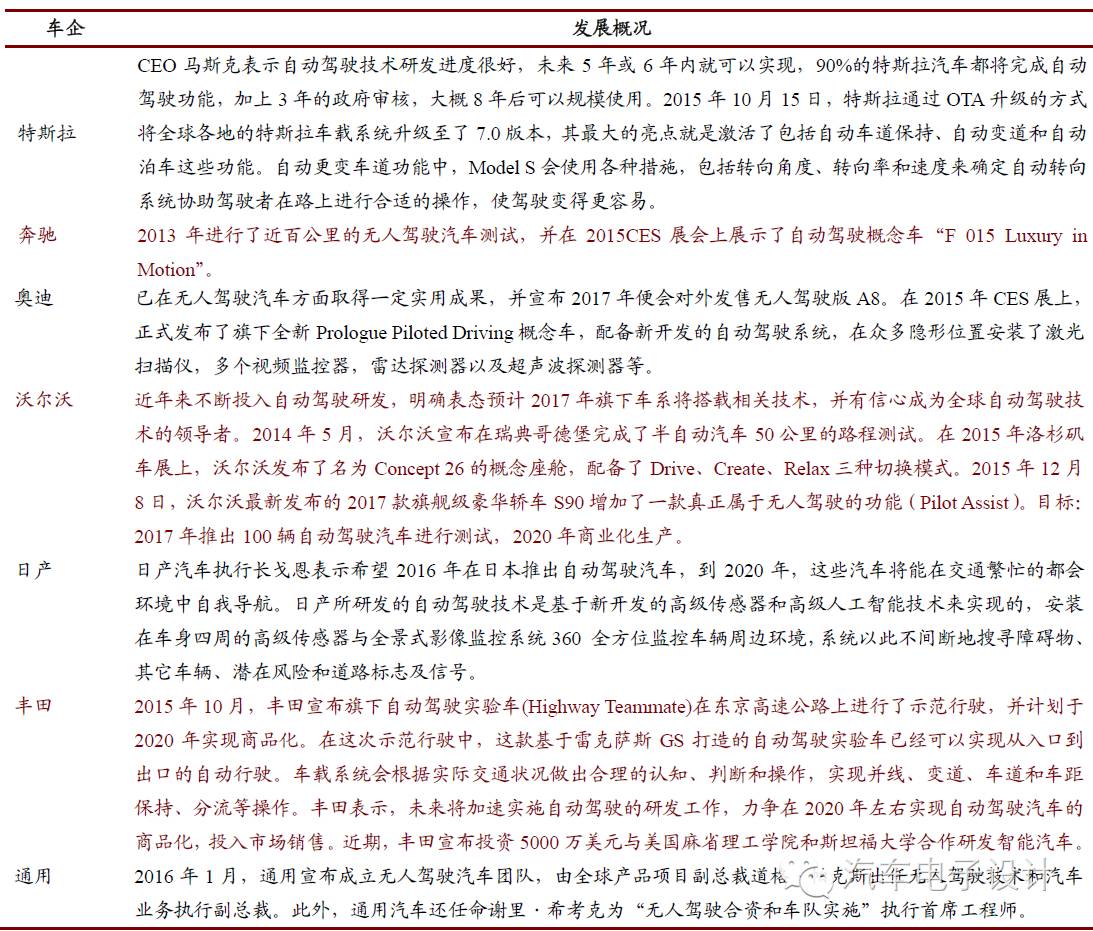 The situation in China is even more complex; initially, everyone thought this was more about demonstrations.
The situation in China is even more complex; initially, everyone thought this was more about demonstrations.
-
FAW’s research on autonomous driving technology began in 2001, with the Chinese autonomous vehicle Hongqi HQ3 developed by the National University of Defense Technology, which successfully drove itself from Changsha to Wuhan on the highway in 2011, covering a distance of 286 km.
-
SAIC officially signed a strategic cooperation agreement with the China Aerospace Science and Industry Corporation in September 2013; the trial of SAIC’s autonomous vehicles is still in the research phase. The SAIC IGS intelligent driving vehicle was showcased at the Shanghai Auto Show and can perform basic autonomous driving functions.
-
Changan: Conducted continuous autonomous driving for about 2000 kilometers in April.
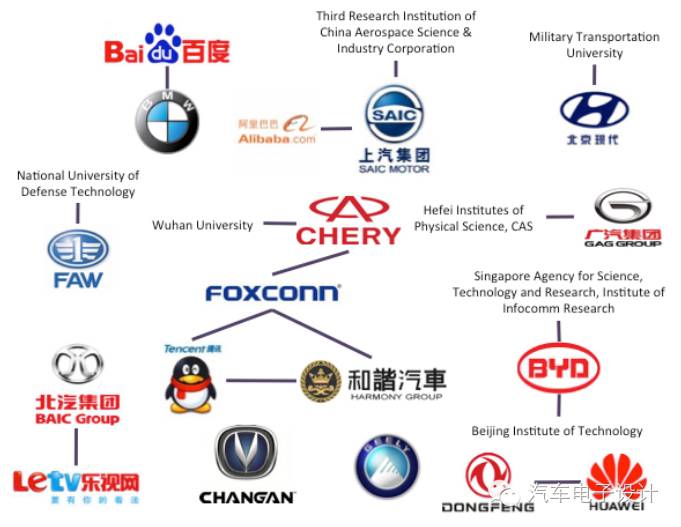
The following image shows that Changan should be moved to the front grid due to its long journey.
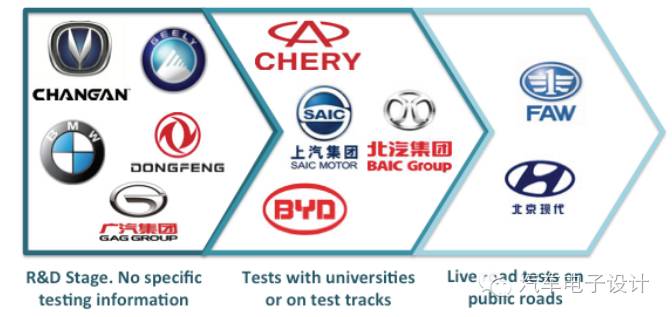
There are two core considerations here:
Considerations for System Safety
As mentioned in SAE J2980, as human factors gradually fade out, the original human-centered considerations need to place more emphasis on the control system itself.
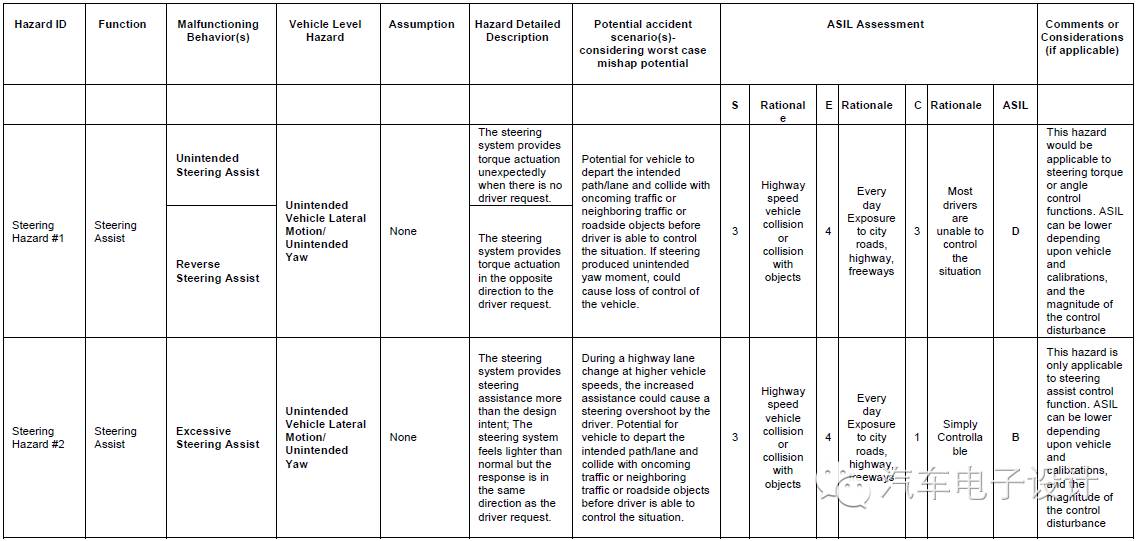
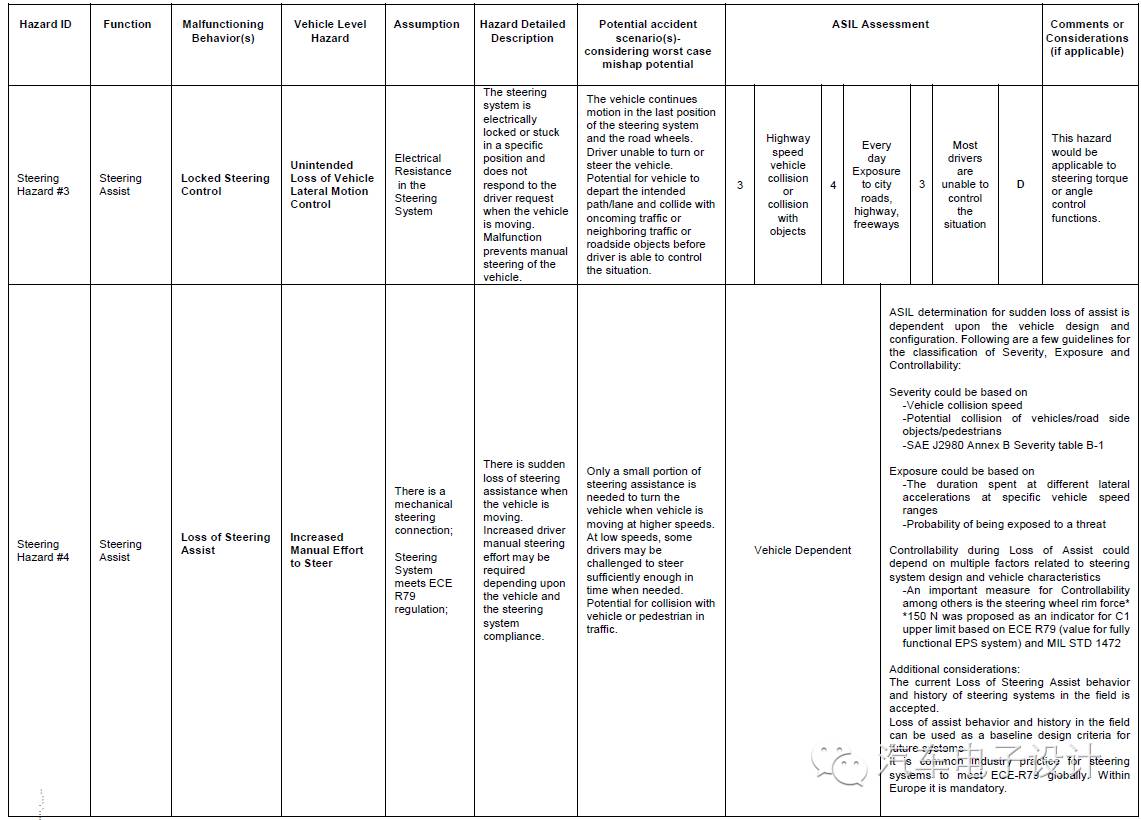
The improvements to the chassis electronic control systems for advanced autonomous driving are not progressing quickly. This area cannot be bypassed, and there are not many possibilities to exceed it.
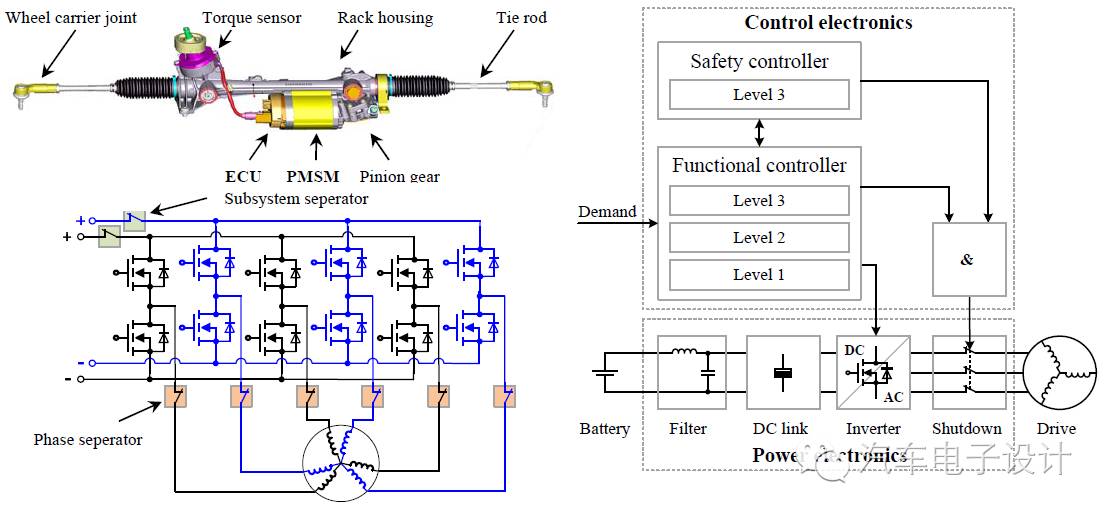 Conclusion:
Conclusion:
1) I believe that after a period of trend, people will return to rationality; the higher we go, the more it becomes a whole, and lacking any part is not feasible.
2) The higher we go, the more we need systematic and complete design & testing; the entire system itself cannot be separated from the existence of the vehicle, which transforms into another form of a very “heavy” product.